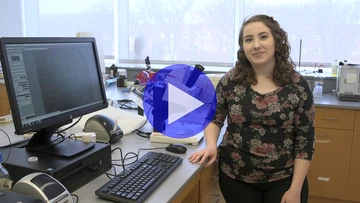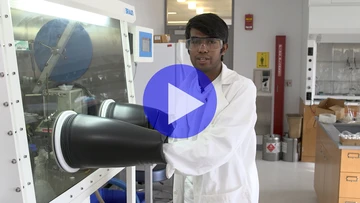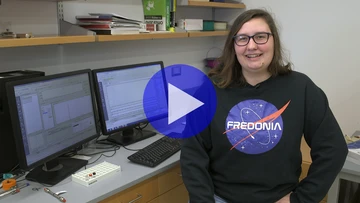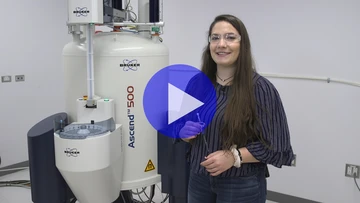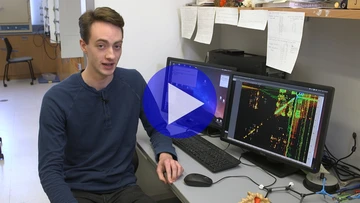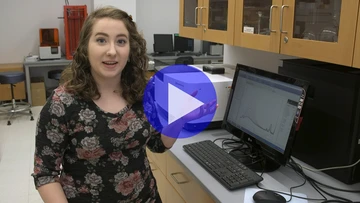
Chemistry and Biochemistry Department
The Department of Chemistry and Biochemistry is located in the $60 million Fredonia Science Center. We have a wonderful department whose strengths include outstanding teaching and mentoring, as well as excellent undergraduate research opportunities.
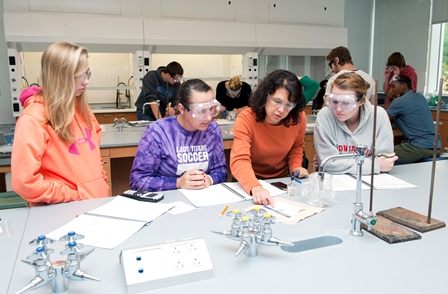 The Fredonia Chemistry and Biochemistry department is blessed with an enthusiastic faculty and eager students. Fredonia is one of the most selective of the State University's Arts and Sciences Colleges, and we routinely win top-place ranking in surveys such as US News & World Report America's Best Colleges listings. Average SAT scores for Fredonia freshmen now tops 1100. Chemistry students are very competitive - our alumni are on the faculty at the University of California at Berkeley, Pennsylvania State University, Indiana University of Pennsylvania and The Scripps Research Institute, among others. They have pursued graduate degrees at Cal Tech, University of North Carolina, University of Wisconsin, University of Illinois and Cornell University, among many others. Finally, our students perform at or above the national average on the standardized ACS examinations.
The Fredonia Chemistry and Biochemistry department is blessed with an enthusiastic faculty and eager students. Fredonia is one of the most selective of the State University's Arts and Sciences Colleges, and we routinely win top-place ranking in surveys such as US News & World Report America's Best Colleges listings. Average SAT scores for Fredonia freshmen now tops 1100. Chemistry students are very competitive - our alumni are on the faculty at the University of California at Berkeley, Pennsylvania State University, Indiana University of Pennsylvania and The Scripps Research Institute, among others. They have pursued graduate degrees at Cal Tech, University of North Carolina, University of Wisconsin, University of Illinois and Cornell University, among many others. Finally, our students perform at or above the national average on the standardized ACS examinations.
Undergraduate research is a cornerstone of our curriculum. Almost all students complete at least a semester of research, and many students work on research during their entire junior and senior years. Undergraduate research is not only an objective of the department, but also of the university and thus our facilities have been generously funded. Our faculty are expected to do publishable research with student co-authors. Faculty are also expected to apply for external funds to support their research.
Our upper-division courses usually have small class sizes, typically less than 20 students. This size class allows for a great deal of student-faculty interaction. Lower division classes rarely have more than 100 students, and usually range from 20 - 80. Students may elect to take general chemistry taught with the POGIL (Process Oriented Guided Inquiry) method which is an active learning strategy with students in learning communities. Laboratory courses never have more than 24 students. Even with freshmen, the chemistry department puts an emphasis on one on one interaction.
The majority of our students also gain experience "on the other side of the desk" by acting as teaching assistants in labs, lecture classes or recitations.

